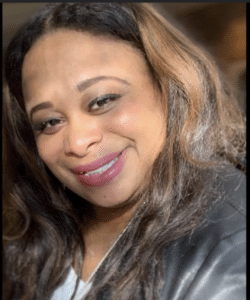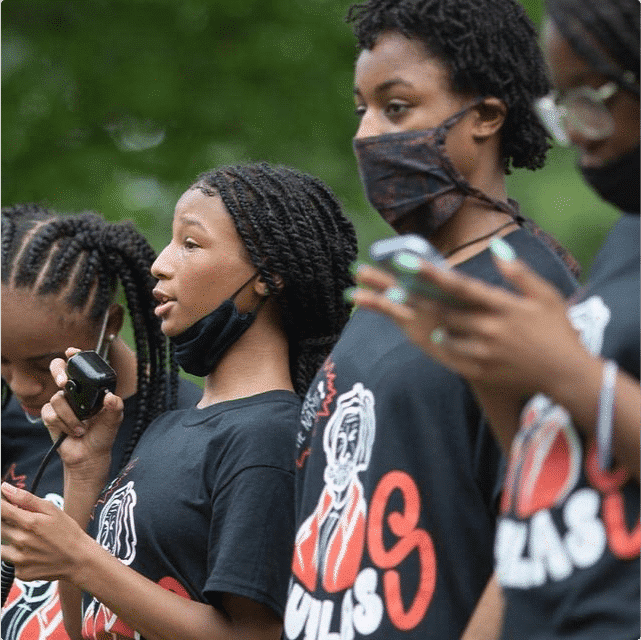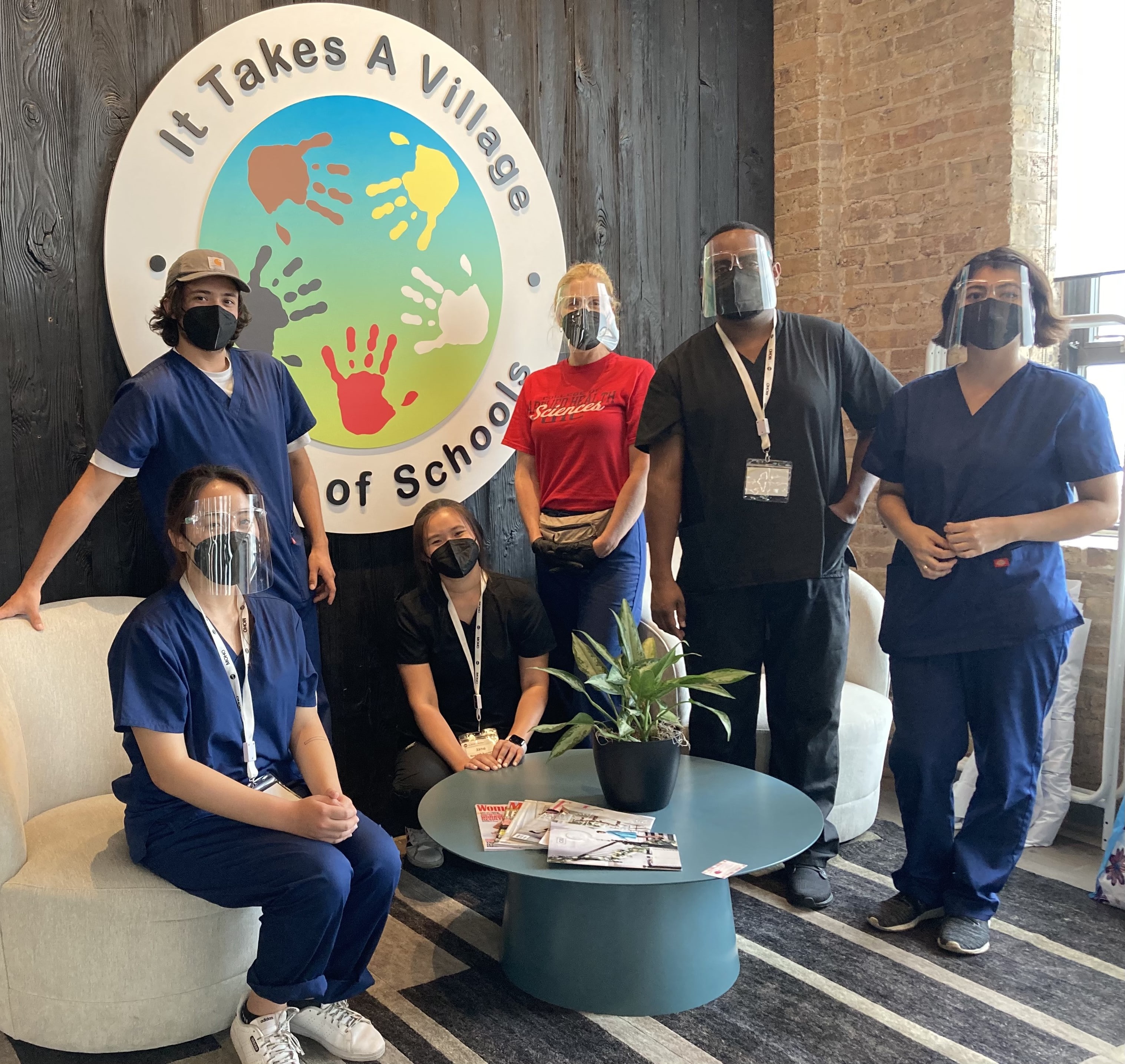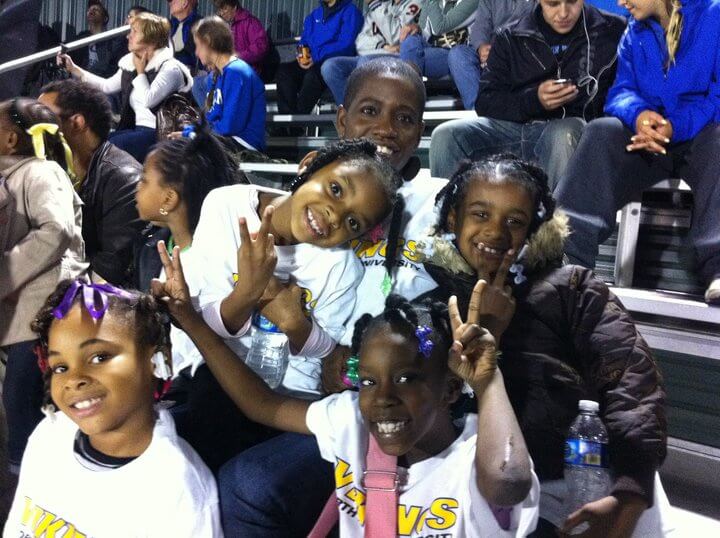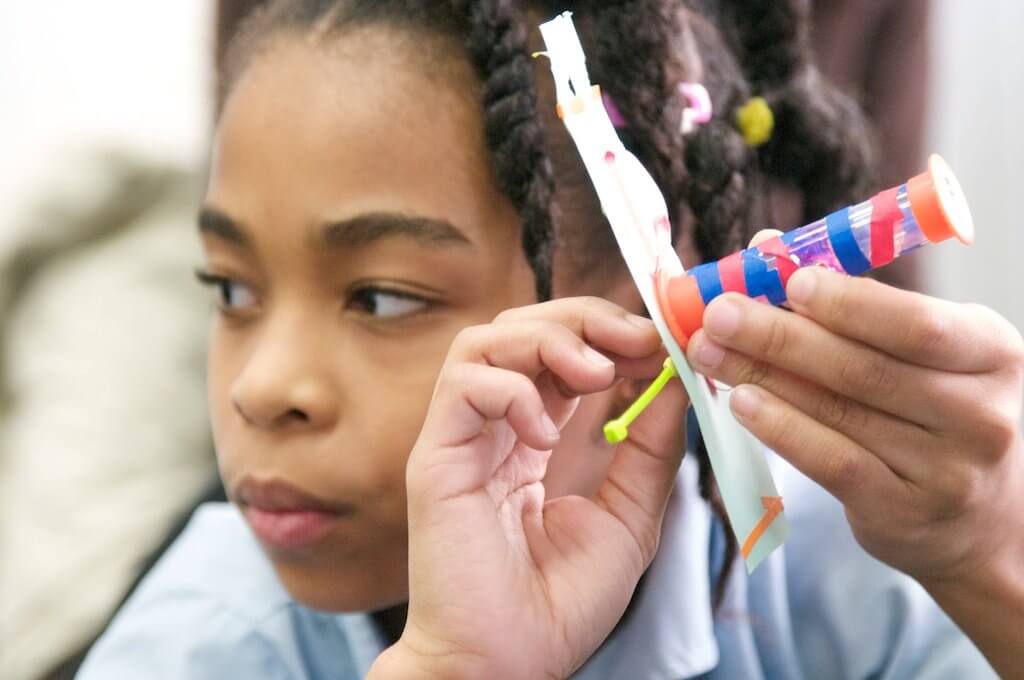Blog
Social Justice Books Curriculum with Jasmine Span, ITAV Education Coordinator
By: Tara Shedor, Director of Communications
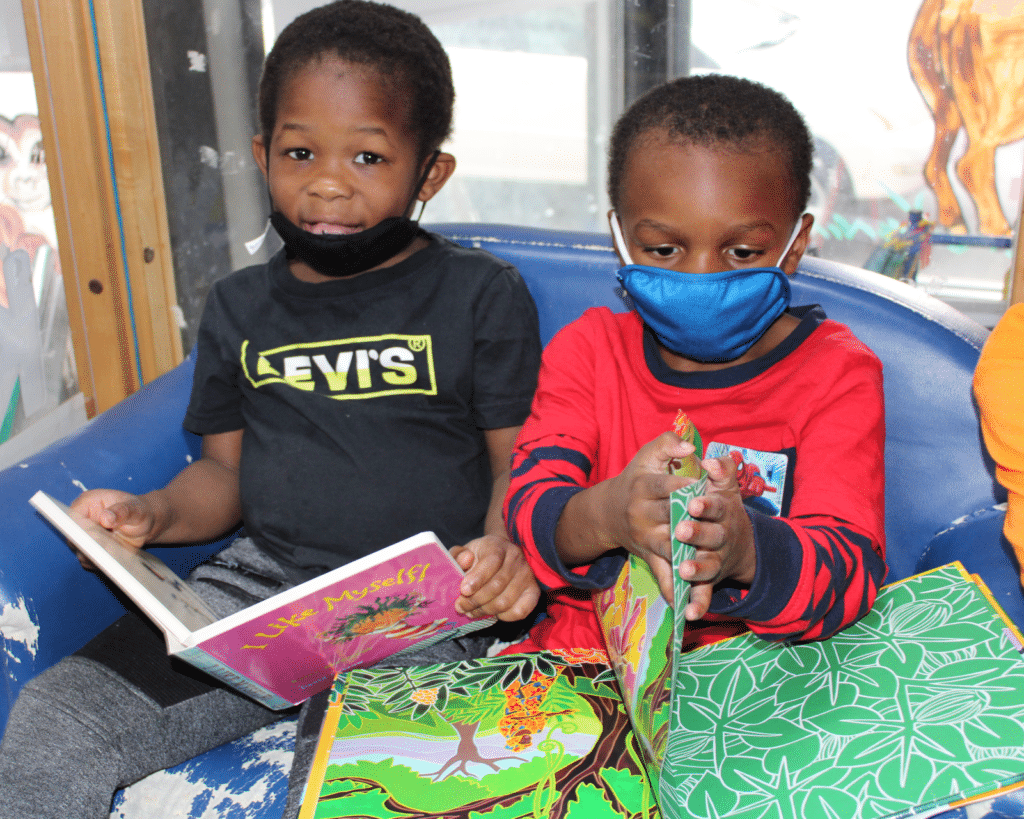
Yeah, absolutely. And I know that these books are covering a wide range of different subject areas that relate to social justice. Could you give some examples of some of the topics that these books are covering?
Ms. Span: So we kind of follow a model. We first started off with the identity unit, and so of course we found books about identity where students can first talk about themselves, where they come from, and their cultural backgrounds. We began spreading that knowledge in the classroom to open up the conversation, to learn about many other diverse backgrounds.
Then we move into the first continent, Africa, and then the next one is Latin America. And we just keep going on and on. We use the same model asking like, where’s the geography of this country? What are some celebrations and holidays that people celebrate, the food they eat, the different types of religions, the economic system. So we use this model throughout all of the units. We also incorporated an additional framework where teachers build their own curriculum and keep this in the back of their mind.
We take that in combination with identity like: How is the identity represented in that continent? What diversity do you see there? Justice? What action has a group of people taken in that continent and activism? So that’s another model that we use.
That’s great. So using those two models, how is the curriculum being built to go along with these new materials?
Ms. Span: So those are the frameworks that we want to keep in mind when we’re building the curriculum. It could be a really cute little book, but does it have geography in it? Does it talk about some culturally diverse perspective in that book? You may not get that in every text, but the thing that we’re trying to do is be aware of it when we see it in the books. And also when we choose the books we were looking for those models, like, does this book touch on one of those frameworks?
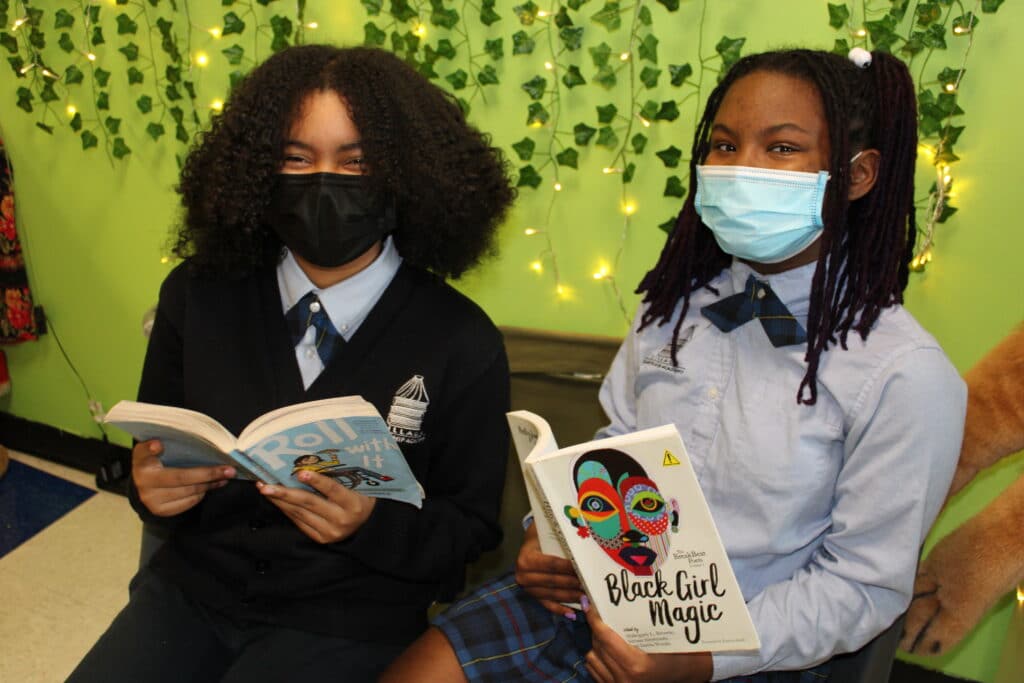
and The BreakBeat Poets Vol. 2: Black Girl Magic
Great. So going into that, do you want to talk about a few of the books you are using, and a little bit about each book and the curriculum that you’ve developed?
Ms. Span: One of the first books we’ve used is Baby Goes to Market. This is a new book for zero to three year olds in our identity unit. It’s a really cute book. It’s about a little baby who goes to the market with his mom and she’s pointing out all of the different fruits and vegetables. From the scenery it appears they are in a small town in a country in Africa. So the babies will look at the colors and the pictures, and what is really cool about this book is that the baby is tasting all of these different fruits.
So one of the activities we have for babies after you read this book is to explore different types of fruits. This could also be a part of the identity unit as well because babies like to try different things, and sometimes they don’t. This is something that teachers can use to get to know their students. For example, the mama, she’s going through the market, she’s giving the baby oranges, and then he eats the oranges and he’s happy. Then she may give him something else and he doesn’t like it. So just even at this very small level, we want to expose our zero to three year olds to culture. In these books, there are beautiful illustrations of black and brown people, and all kinds of exotic foods. So this is one example really short and straight to the point.
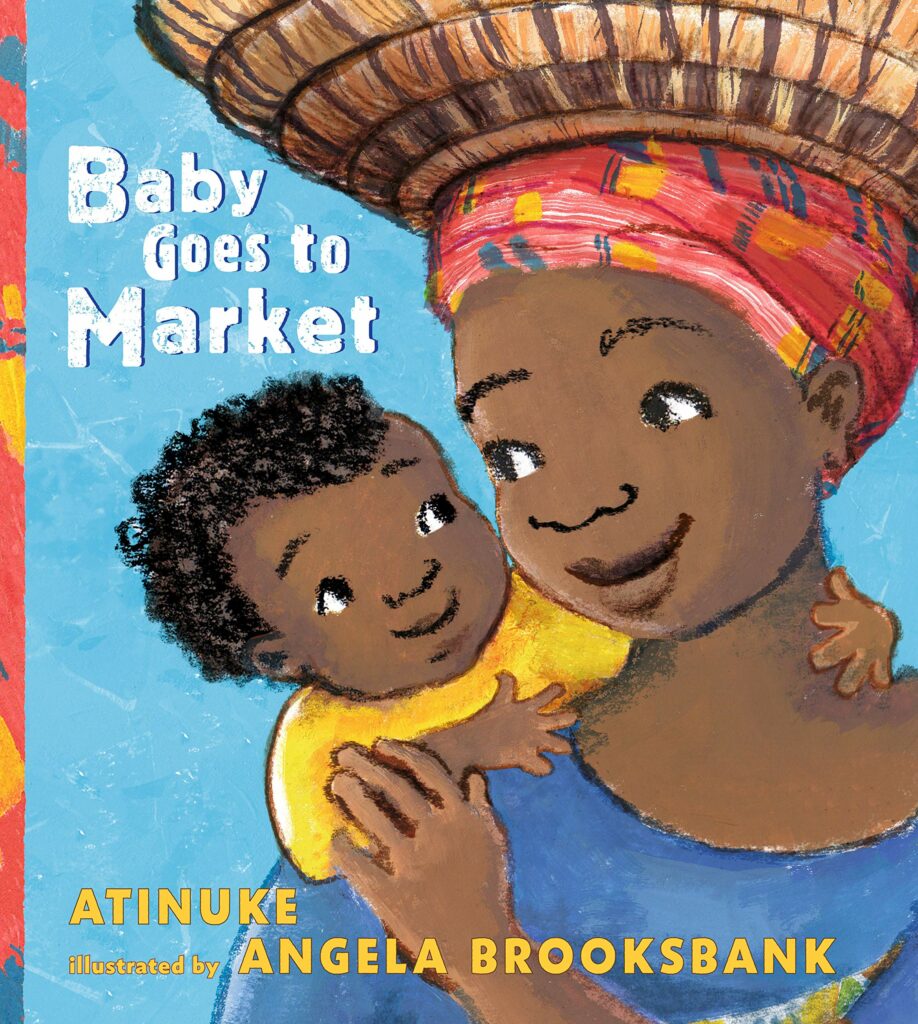
Ms. Span: Another book that we are using for our identity unit is I Love My Hair. This book, of course, is another one about identity. What I love about this book is that the pictures are so realistic in the different textures of hair you see in the book and in the different ways that they describe hair. One of the things my students love about this book is that the first thing they say is, “Hey, she has beads in her hair like me.” So we talk about that. There’s many activities to go with this book.
One of the things that we incorporated with I Love My Hair is having students identify hair texture, using yarn and different materials and even identifying hair in their classroom in different ways that students wear their hair. They actually get to make like a little mannequin and they had to pick out what type of hair they want to use. So like if they wanted to use like curly ribbon or little B or braid. I really like this book and it comes with a little song on YouTube. I believe one of the teachers show this and they sing this song, “I love my hair!” So that’s that one. We use it for pre-K through second: I Love My Hair.
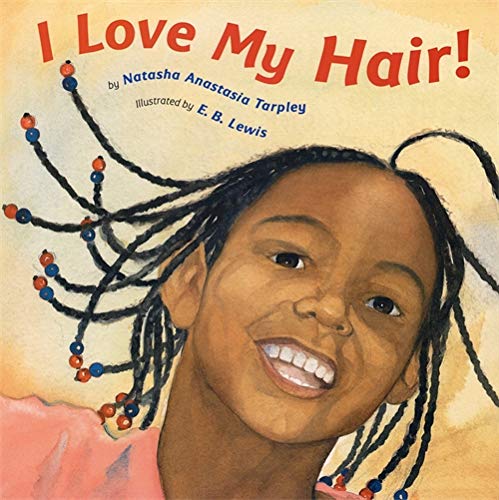
Ms. Span: Then we have, and this is one of my favorites, it is called Njinga, but her name could be pronounced as “Nzinga.” The letters in the Kimbundu language are different, the “j” for example is a soft “j” and pronounced as the “zh. This book has extended facts at the end of the book with knowledge about Queen Nzinga that I think readers will find fascinating. So, this story is about a little girl who grew up in Angola and she ended up becoming the queen of two kingdoms. She was revered for her wisdom, courage and strength. She went on to be a dominant political figure in Angola defend her people against the Portuguese. Now, this is for third through fifth grade because Njinga faced a lot of adversity, and she had to be strong through it. We have students identifying with the life of Njinga and maybe strengths or how she challenged the Portuguese and how she protected her people. She faced additional struggles with her gender and being a woman. So we want to make the students identify with her as a person, not just tied to what she did.
We also talk about ways that we challenge things. What are coping mechanisms that we use when we have challenges? So yeah, this is a real third through fifth grade book that would be for the Africa unit. This is just one example that touches on geography, of course, because it’s all about Angola, but it also touches on a hero aspect of a person there. It also touches on the other framework like her identity as a woman. What challenges did she face as a diverse leader, and then activism: what does she do? She just didn’t let them come over and take her homeland.

Ms. Span: So these are the kinds of books that we use to hit those frameworks. One other thing about this book that I love is that it comes with like a map of Angola to show you where it is for students. Then it also kind of gives you some questions about Njinga. It also talks about how they mispronounced her name. So there’s a lot of background information for teachers to use. This book can last about a couple of days for a number of different activities.
That is super interesting. I know each of the curriculum plans that you’ve developed also comes with a set of questions to help guide class discussions which enhances continued conversation around these subjects. Any final thoughts?
I’m just really excited that these books really do align with our mission to provide high quality, culturally responsive education. We’re really responding to the needs in our community. I’m excited to be a part of building something that will enhance families and students’ awareness of not just their culture, but cultures all around the world. Thank you for having me.
Jasmine Span attended Roosevelt University where she earned her Bachelor’s of Arts in Elementary Education. She later went on to attend The University of Illinois Chicago where she earned her Master’s in Educational Leadership with a concentration in Curriculum and Instruction. Jasmine is a Chicago native who loves this beautiful city. She has traveled internationally to Africa, Europe, Mexico and to many places here in the states. Jasmine has been a part of the ITAV family for over fourteen years and has 17 years of educational experience total. Jasmine started teaching kindergarten in September 2008, and in 2011 had the distinct pleasure of facilitating the ITAV literacy program and coaching teachers. Jasmine coaches preschool teachers at It Takes a Village Family of Schools, and facilitates professional development training and workshops around kindergarten readiness.
Jasmine now serves as one of our Educational Coordinators for our three to five year old program. In addition to coaching teachers in this position, she has the distinct honor of being able to bridge the gap by extending our Social Justice curriculum to our birth to five year program.
During her spare time she enjoys singing and writing music. She currently serves as the Minister of Worship Arts at her church.
